Reviews
Ari’s Course Reviews: Riviera Country Club

Riviera Country Club was designed by George Thomas and opened in 1927. Construction was done by Thomas’ right hand man, Billy Bell, whom he worked with on all of his great projects in California. Instantly regarded as a top test of golf, Riviera Country Club has hosted 3 major championships. When the pros tee it up this week at Riviera for the Genesis Open (formerly the Los Angeles Open), it will be the 55th time the course has played host to this now annual test of the best in the world.
Related: Our photos from this week at the 2018 Genesis Open
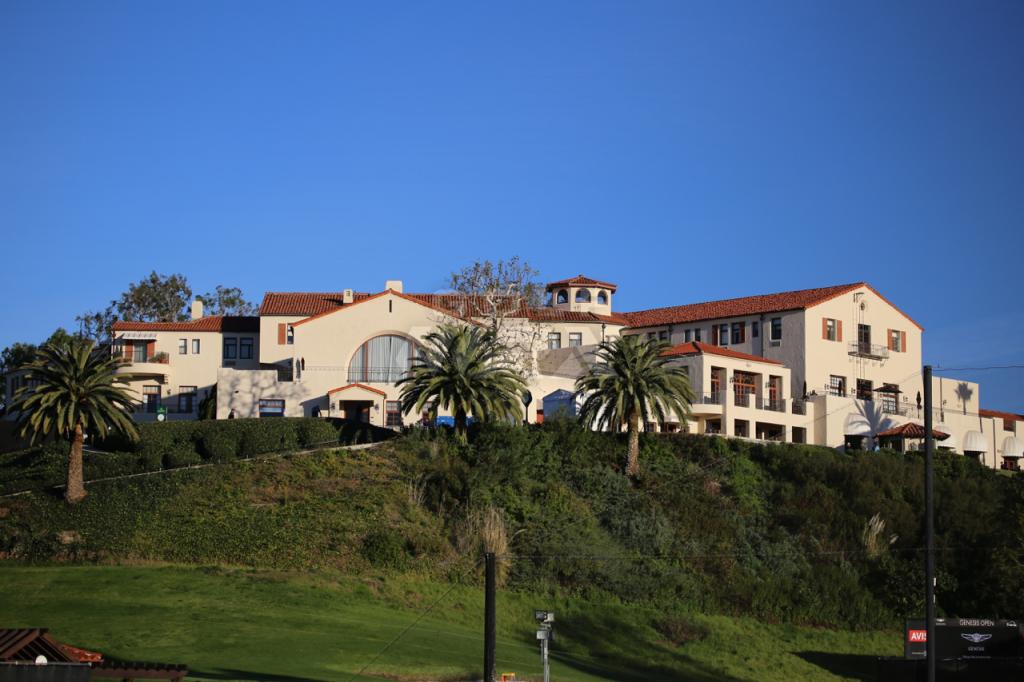
The clubhouse is one of the most amazing in golf; it sits up on top of a hill with the golf course (other than the first tee and 18th fairway/green) laid out in the lower canyon, continuously bisected by a set of barrancas that are integral to the strategy of the course. The first tee is right next to the pro shop and is one of the most unique and best in all of golf. Literally feet away from the pro shop and the starter shack, each player gets their name and home town announced as they prepare to tee off, an experience that gives the place an even more special feel. Sometimes it’s the little details that matter. The first tee shot drops 75 feet to the fairway, giving you the feel of standing on the edge of a cliff as you tee off on the first hole.
George Thomas was all about strategy and angles in his course design. It was a constant theme in the courses he designed, as well as the books he wrote. This can be seen in most of the holes at Riviera. The best angle into the green is almost always the angle off the tee with the most trouble. You can see this on holes 1, 2, 3, 7, 9, 10, 13, 17 and 18. If you challenge the fairway bunker, or barranca, or stay tight to the tree line, you get a much more open angle into the green. If you play out to the open side of the fairway, you have a much more difficult shot into the green.
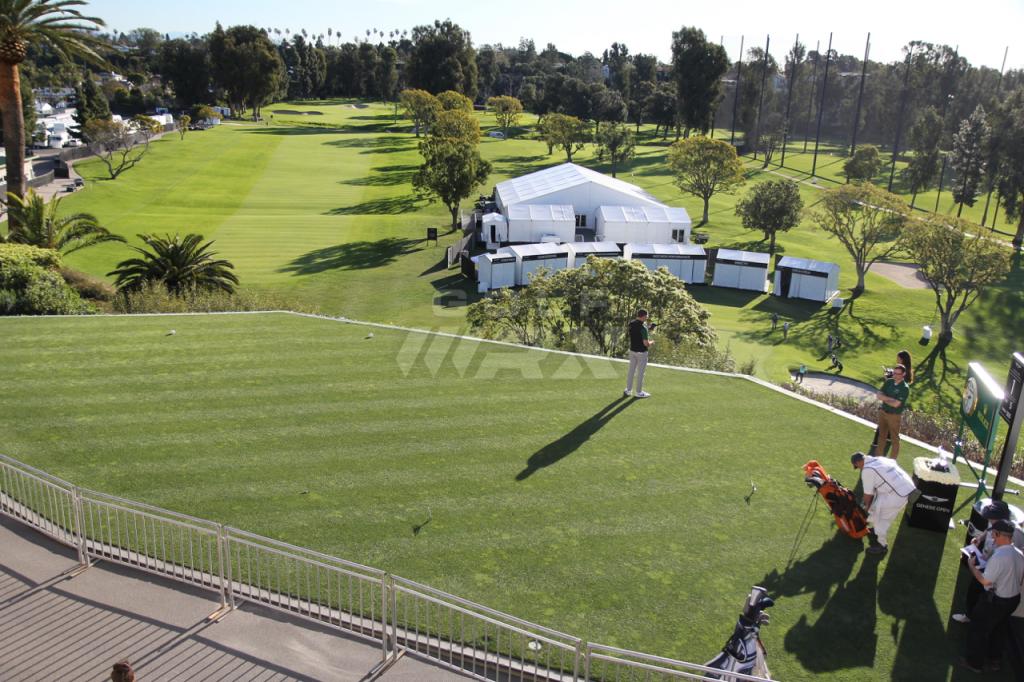
The view of the first tee, and first fairway down below
There are only two or three par 5s on the course, depending on if you’re talking about member play or the PGA Tour. The first hole is just a shade over 500 yards and sometimes plays as a par 4 for the Tour. After the extremely memorable drop-shot tee shot, you descend into the valley that most of the course occupies. A barranca crosses the fairway at about 300 yards. The green is wide and wraps around a deep centering bunker. There is a deep fairway bunker on the left side of the fairway past the barranca that does not really come into play for the Tour, but for the members if you can challenge this bunker you generally get a better angle into the green, unless the hole is cut on the far right side of the green. The 11th hole is tight between two stands of trees and crosses another barranca on the way to the green with a deep bunker guarding the right side. The 17th is a long, challenging, uphill par-5. The fairway is heavily bunkered on the left side. The right side is up tight to the tree line with only a single bunker back in the fairway. The green is large and double tiered. It is open on the left and guarded by and extremely deep bunker on the right. The best angle into the green is as close to the fairway bunkers on the left as possible.
Riviera has a great set of par 3s. The 4th hole was called the greatest par 3 in America by Ben Hogan, and it’s a long, Redan-style hole with a huge bunker short of the right-to-left sloping green. A shot out to the right with a draw can catch the contours on the right side and send the ball close to the hole just as easily as a high spinny shot right at the hole. The 6th is a true Thomas original and one of the most unique holes in the world. It’s a mid-to-long iron uphill to a large green with a bunker in the middle. The genius in this green is that it is contoured in such a way that you can get the ball close to the hole from just about any spot on the green to just about any hole location. The 14th is a mid-to-long iron to an elevated green that is wider than deep, and fronted by deep bunkers. The 16th is a gem of a shot hole, just 166 yards from the tournament tee to a very tiny, almost island of a green surrounded by sand. Besides being tiny, the green is fantastically contoured for its size and seems to fold up on itself. Hit the green and have a great chance to make birdie… miss into one of the deep green side bunkers and good luck making par!
The par 4s are nicely varied in length and challenge. Hole No. 2 is very difficult and plays uphill to a green banked into a hill that is long and skinny. Challenge the fairway bunker on the right for the better, open angle into the green. Hole No. 3 plays slightly downhill to a fantastic fallaway green. Challenge the fairway bunker on the left for the better more open angle into the green. Hole No. 5 is a standout hole with a semi-blind tee shot that bends softly to the left around the edge of the property. Its unique feature is a large grass mound that extends out into the fairway short and right of the large back to front sloping green. Hole No. 7 is a very tight driving hole; the fairway is tightened severely at about 275 yards by a huge, winding bunker that cuts in from the left side. The more you challenge this severe hazard, the better your angle into this very narrow green protected by a barranca and deep bunker on the right. The left is a bailout area cut as fairway, but the slope up to the green is steep and the up-and-down from there is not an easy one.
The 8th hole starts one of the most interesting 3-hole stretches in PGA Tour golf. It’s a split fairway par-4 with two distinct fairway sections that are bisected by a deep barranca. Depending on the hole location and ones preferred shot shape, and what fits the eye, the hole can be played any number of different ways. In general, the left fairway is a little more demanding to hit, but sets up better to most hole locations. The right fairway is a little more accessible, but leaves a more demanding shot into the green. This was one of George Thomas most famous holes and the right fairway was originally washed away in 1938. It was brought back in play around the recent turn of the century, and, while not an exact replica of what was there, provides the strategic design that Thomas intended when he designed the hole.
The 9th is one of the most difficult holes on the course and plays uphill to a deep, narrow green that falls hard from back-to-front. The tee shot is pinched by a pair of bunkers, but in true Thomas strategic fashion, they are staggered by about 55 yards so the player can plot their best line and try to execute on their strategy.

An aerial view of the 10th hole
The 10th is simply one of the best holes in golf. An absolute masterpiece of a short par 4… maybe the best short par 4 in golf. The player is presented with a multitude of options off the tee. The easiest shot off the tee again yields the toughest shot into the green. A mid-iron just short of the cross bunkers carries very little risk, however, the player is then left with an extremely difficult short-iron shot into this tiny sliver of a green from absolutely the worst angle. The safest way to play this hole is to take this route from the tee and then hit your second shot short left of the green. This will give you a chance to get up-and-down for par from the best place, but intentionally missing a green on a par 4 that is barely over 300 yards is not a choice most are willing to make. The next safest option off the tee is a long iron or fairway wood down the left side towards the far left fairway bunker. This leaves a shorter shot into the green from a much better angle. Then there is also the play of hitting driver between the bunkers right at the green. Pull this off and leave yourself the best chance for par or birdie, but miss the tee shot at your peril. There are a lot of big numbers waiting on this hole for the aggressive player. The green is extremely narrow and slants hard from right-to-left. It is extremely difficult to hit from any distance. This is a hole that has perplexed the best players in the world for 90 years and has been studied by anyone that is interested in golf course architecture. Truly deserving of its reputation as one of the best in the world.
Hole Nos. 12 and 13 play along the edge of the hill that defines the property line across the valley from the clubhouse. A line of Pacific Palisades mansions look down on these holes as the land slopes gently towards the ocean. Hole No. 12 bends to the right and crosses the barranca, while 13 bends left and is tight and is lined with trees. Hole No. 15 is a hard dogleg right with a deep bunker guarding the inside of the dogleg. Play out to the safe left side and the hole plays longer but more open. Fly the fairway bunker and get into the fairway and shave some yardage off the hole. The green is huge, bisected by a large swale, and is my personal favorite on the course. The 18th is one of the most difficult and famous finishing holes in the game. A long, uphill par 4 with a blind tee shot over a hill that bends gently to the right along the tree covered hillside. The closer to the tree line on the right you find your ball, the better angle you get into the small green that is set into a natural amphitheater in the shadow of the clubhouse.
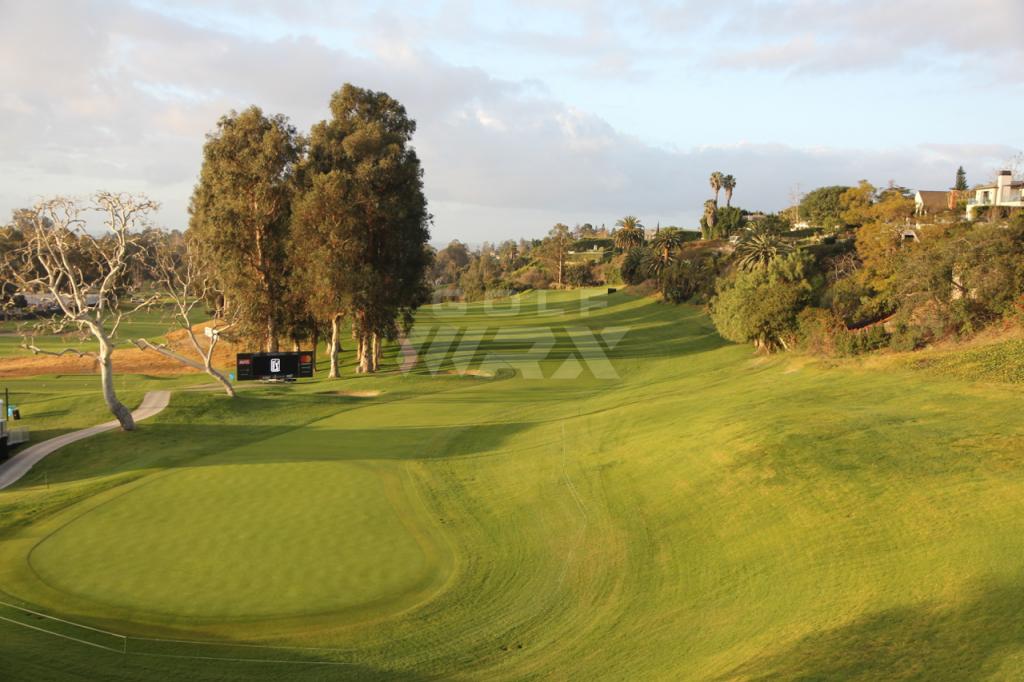
A view from behind the 18th green
Aside from a great collection of holes, Riviera is one of those courses that is more than the sum of its parts. The routing is tight and extremely walkable, and the greens and tees are all in very close proximity to each other. Other than walking down the big hill off the first tee, and up the big hill after 18 tee, the course meanders up and over some nice rolling terrain, but there are no strenuous walks. The bunkering is stunning and fits the sense of place that you get from the course and the site well. They give the feeling that every square inch was sculpted perfectly as intended. They have lips that are built up and over which makes them extremely deep and difficult.
The site is fantastic too, ringed by mansions of the rich and famous up on the hillside and laid out mostly in the canyon below that cascades gently towards the ocean. The barrancas that run through the property are used strategically over and over again by Thomas and they add immensely to the character of the course. Unfortunately, George Thomas did not design that many courses and equally tragic even less of them are in existence today. Fortunately, Riviera is still there today, so George Thomas can still show us how much fun a course full of strategy, beauty and challenge can be.
A day at Riviera is a very special one and this is one of the PGA Tour events I most look forward to watching every year.
If you liked this review, read Ari’s review of Oakmont Country Club!
- LIKE45
- LEGIT7
- WOW0
- LOL1
- IDHT0
- FLOP0
- OB0
- SHANK3
Accessory Reviews
Insider photos from Tiger Woods’ launch event for his new “Sun Day Red” apparel line
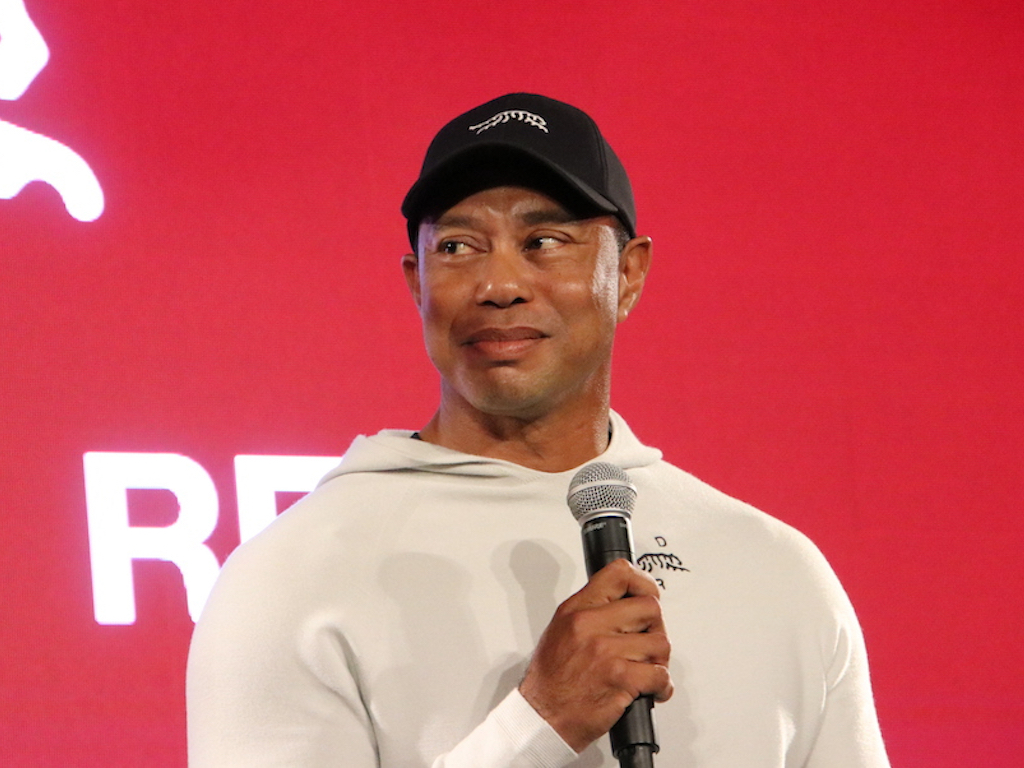
On Monday evening, inside the swanky, second-story “Coach House” event center in the Palisades Village, just minutes down the road from the 2024 Genesis Invitational at Riviera Country Club, Tiger Woods and TaylorMade officially announced their new apparel/footwear/accessory line, called “Sun Day Red.”
The Sun Day Red website officially launched on Monday night during the event, and the products are set to go on sale starting May 1.
The “Sun Day Red,” or “SDR” name will be self-explanatory for most golf fans, since he’s been wearing a victory-red shirt on Sunday’s for his entire professional career, but Woods explained the meaning of Sun Day Red at the launch event:
“It started with mom. Mom thought – being a Capricorn – that my power color was red, so I wore red as a junior golfer and I won some tournaments. Lo and behold, I go to a university that is red; Stanford is red. We wore red on the final day of every single tournament, and then every single tournament I’ve played as a professional I’ve worn red. It’s just become synonymous with me.”
The Sunday Red outfit has worked to perfection for his 82 PGA Tour victories, including 15 majors, so why not make an entire apparel line based on the career-long superstition?
As I learned at Monday’s launch event, the new Sun Day Red line includes much more than just clothing. To go along with a slew of different golf shirt designs and colorways, there were also windbreakers, hoodies, shoes, hats, headcovers, ball markers and gloves on display.
The upscale event was hosted by sports media personality Erin Andrews, with special guests David Abeles (CEO of TaylorMade) and Tiger Woods himself.
As explained by Abeles, the Sun Day Red brand is an independently-run business under the TaylorMade umbrella, and is based in San Clemente, California (rather than Carlsbad, where TaylorMade headquarters is located), and it’s run by a newly-formed, independent group. Brad Blackinship, formerly of Quiksilver and RVCA, is the appointed president of the new brand.
As for the logo itself, obviously, it’s made to look like a Tiger (the animal), and is comprised of 15 tiger stripes, which correspond with Woods’ 15 major championships. While the logo may need a 16th stripe if Woods adds a major trophy to his collection, it makes perfect sense for the time being.
The golf/lifestyle line is meant to combine premium precision and athletic comfort, while still having plenty of wearability and style off the course. Like Woods said on stage at the event, he wants to be able to go right from the course to dinner wearing Sun Day Red, and that was exactly the aesthetic on display at the event on Monday.
Following the official announcement from Woods and Abeles, they revealed multiple pieces of clothing, accessories and footwear for the event-goers to ogle (and photograph). Check out a selection of product/event photos below, or head over to our @GolfWRX Instagram page for video coverage…OR, head into our GolfWRX Forums for even more photos and member discussion.
Enjoy this exclusive look at Tiger Woods’ new Sun Day Red apparel lineup below.

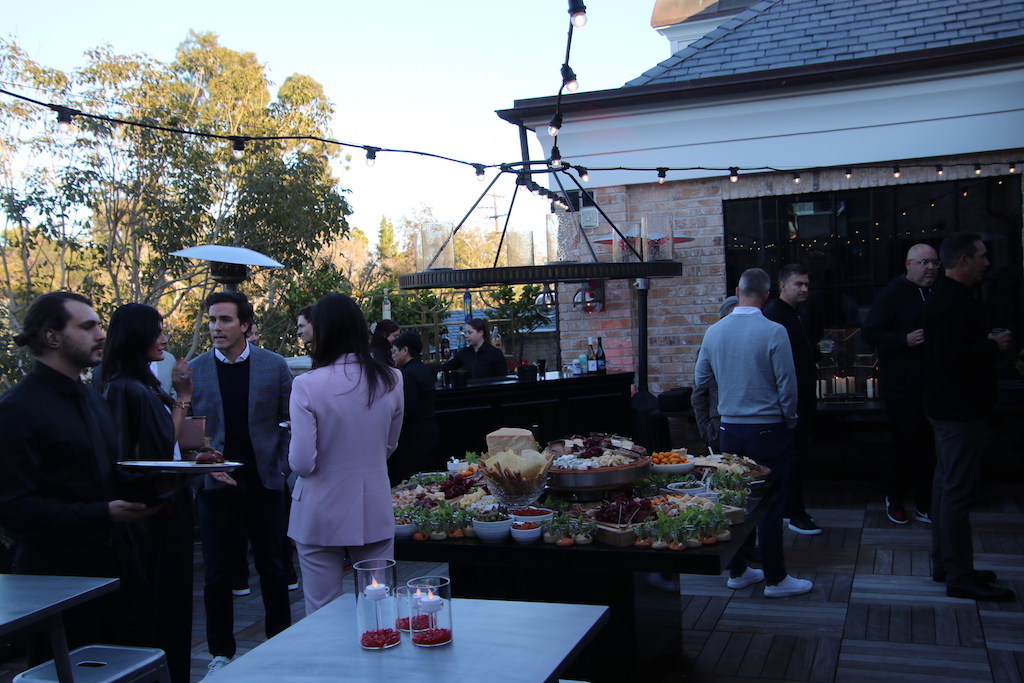
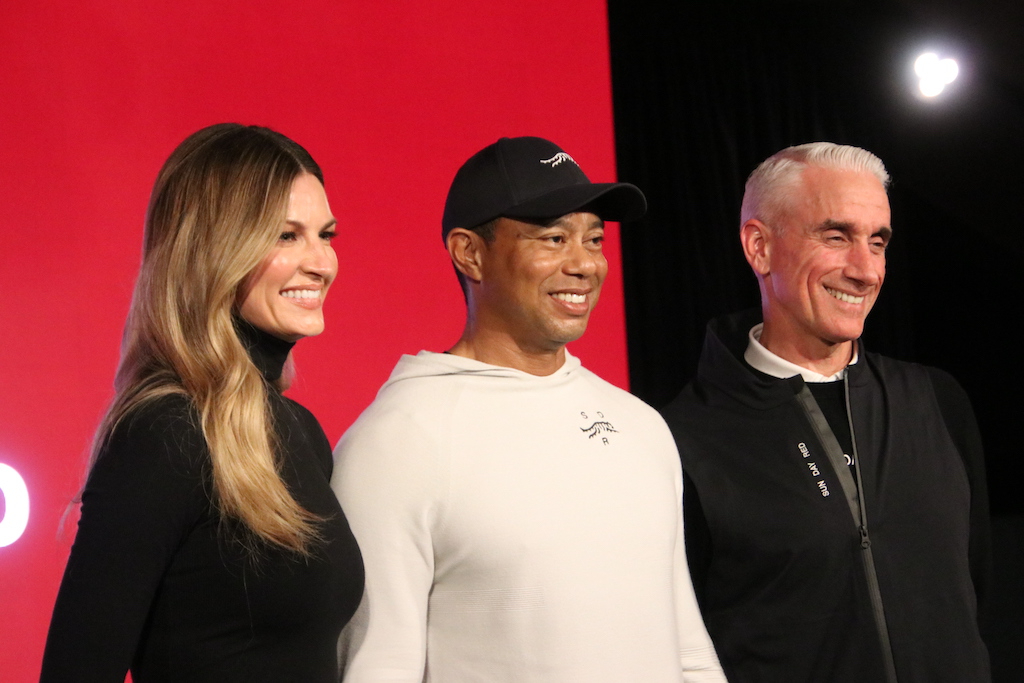
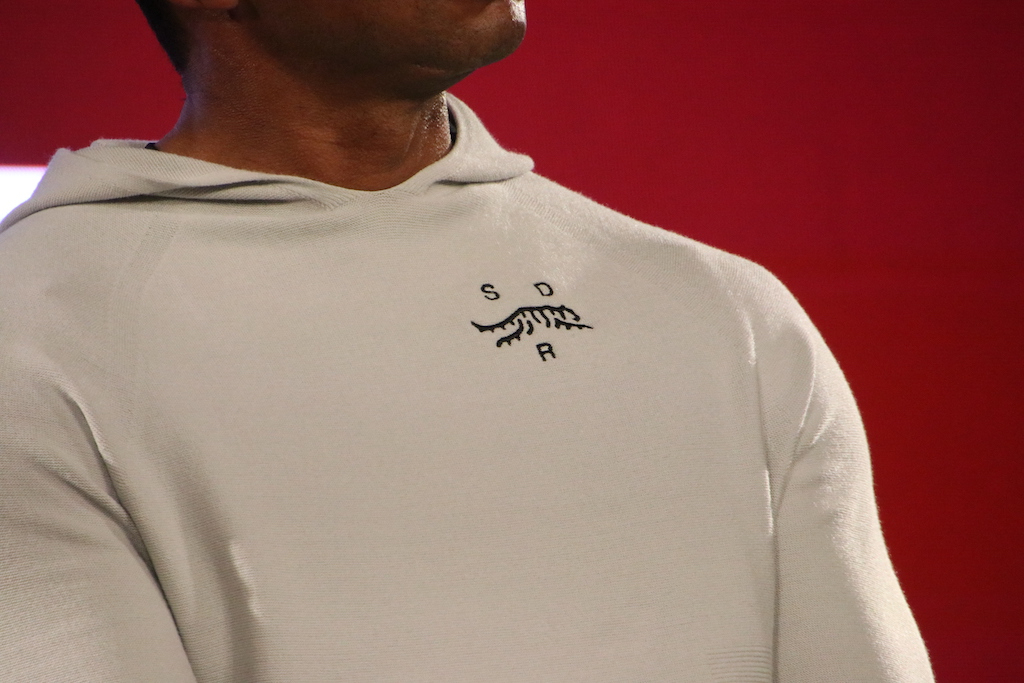

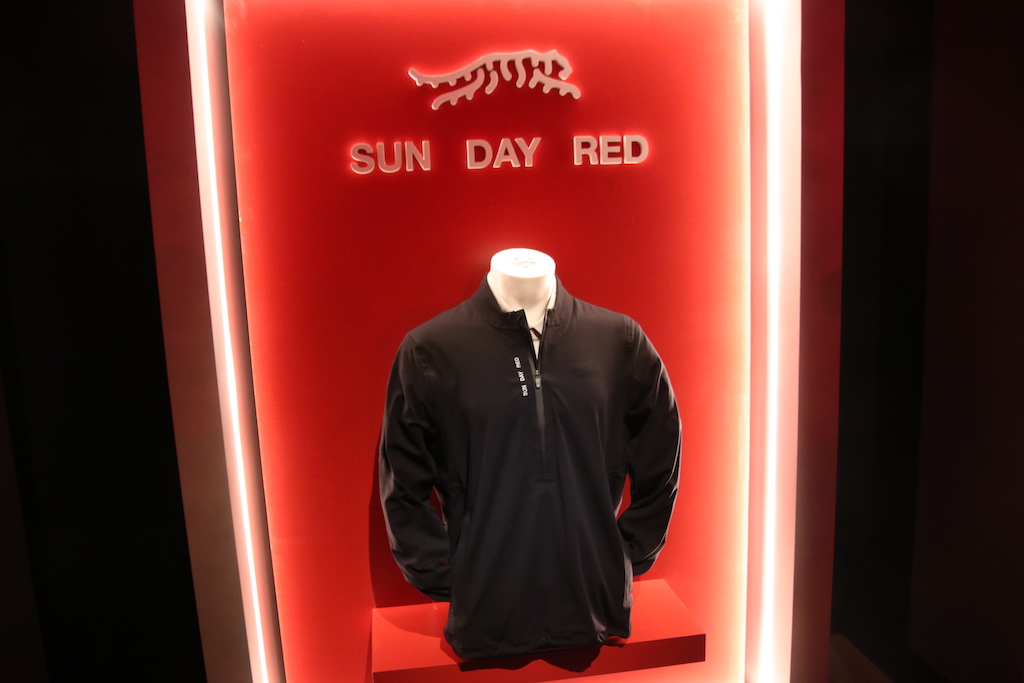
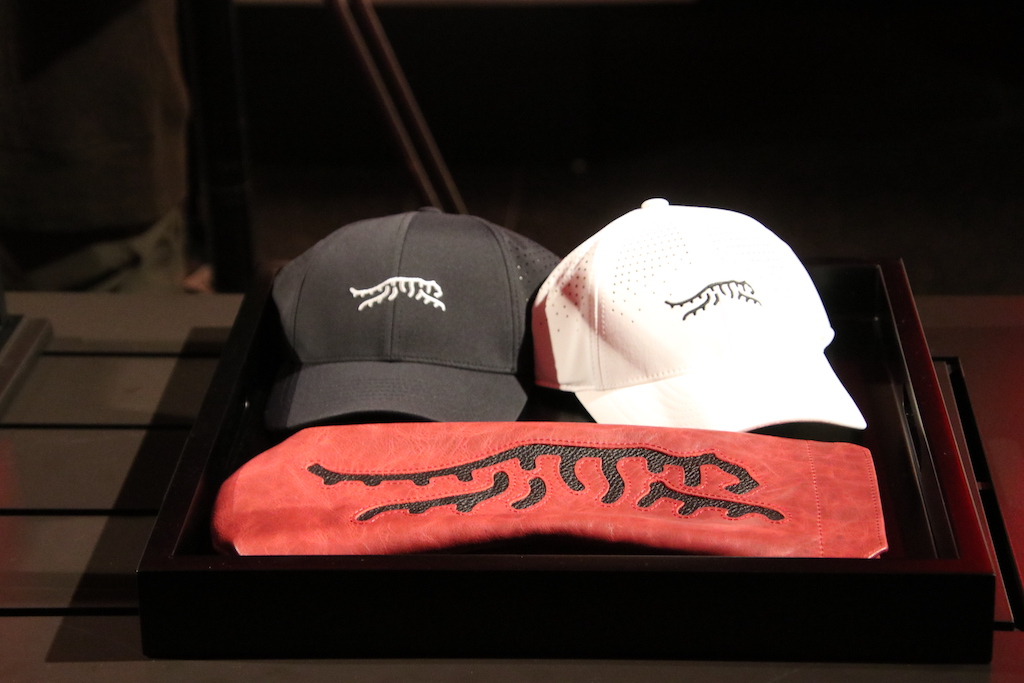

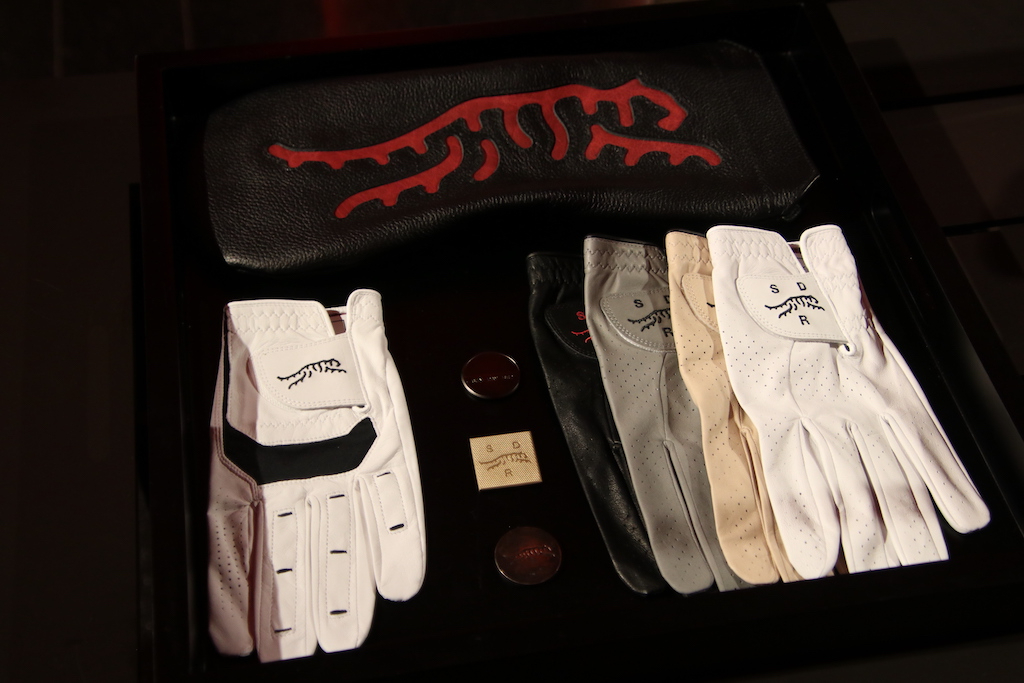
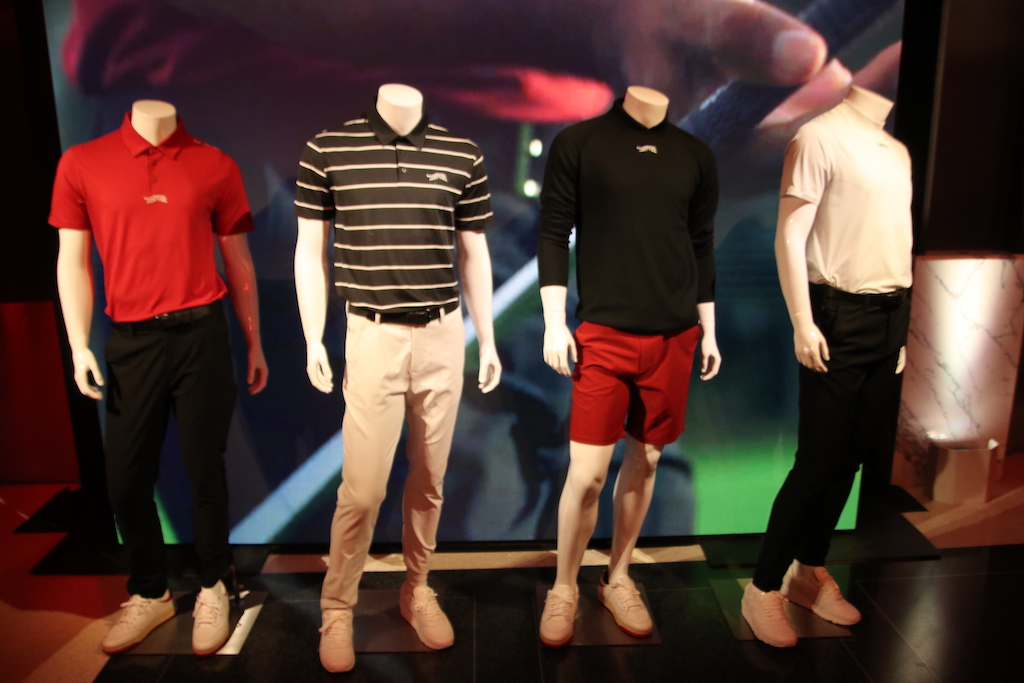
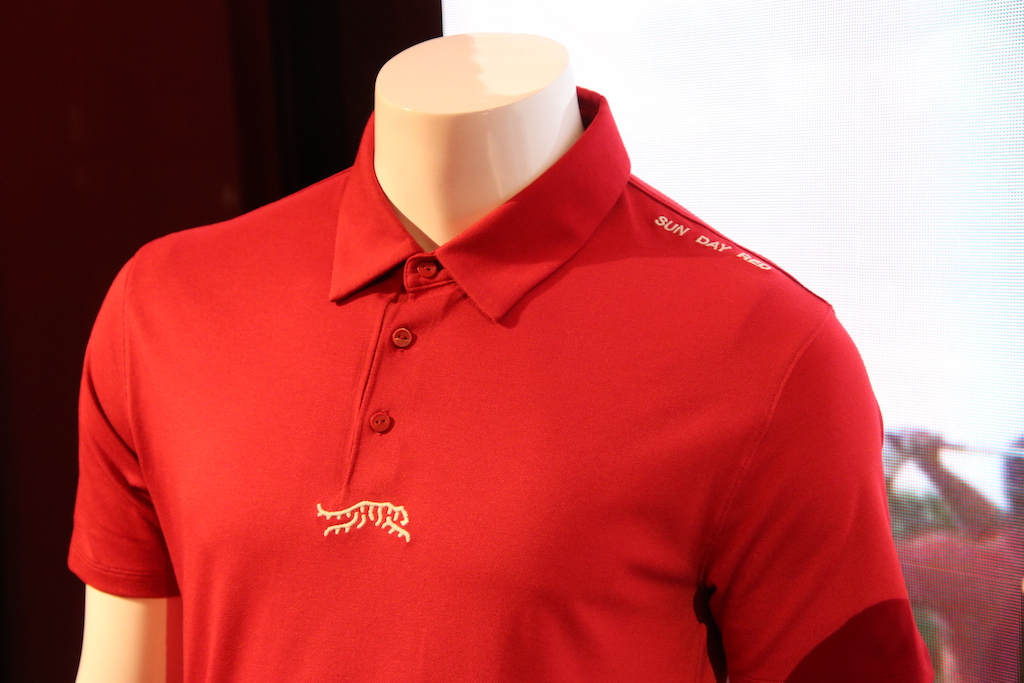
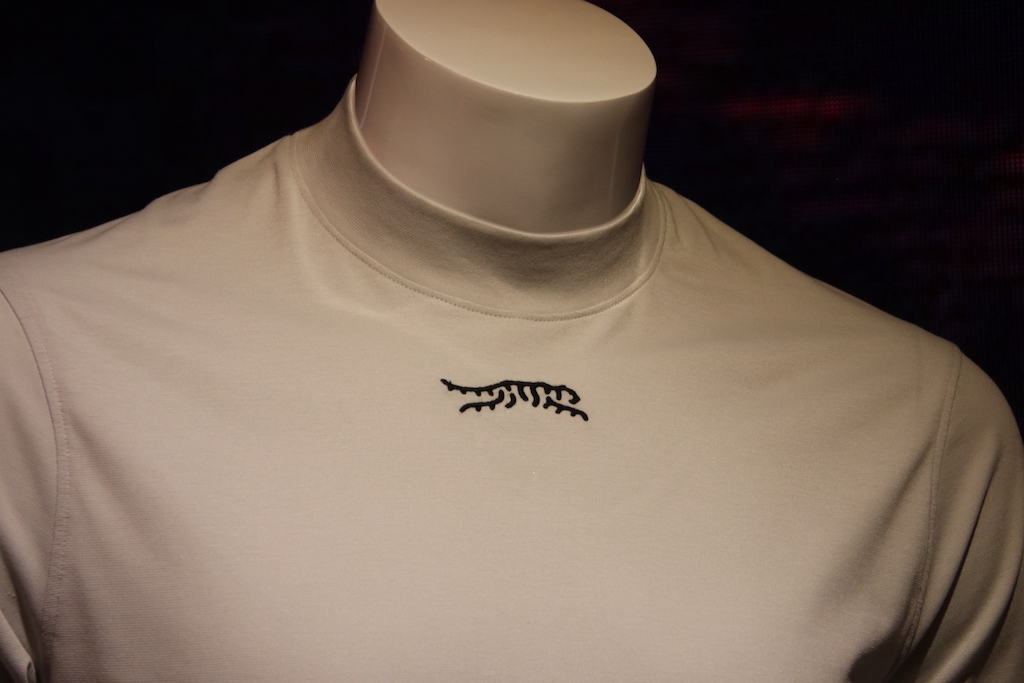
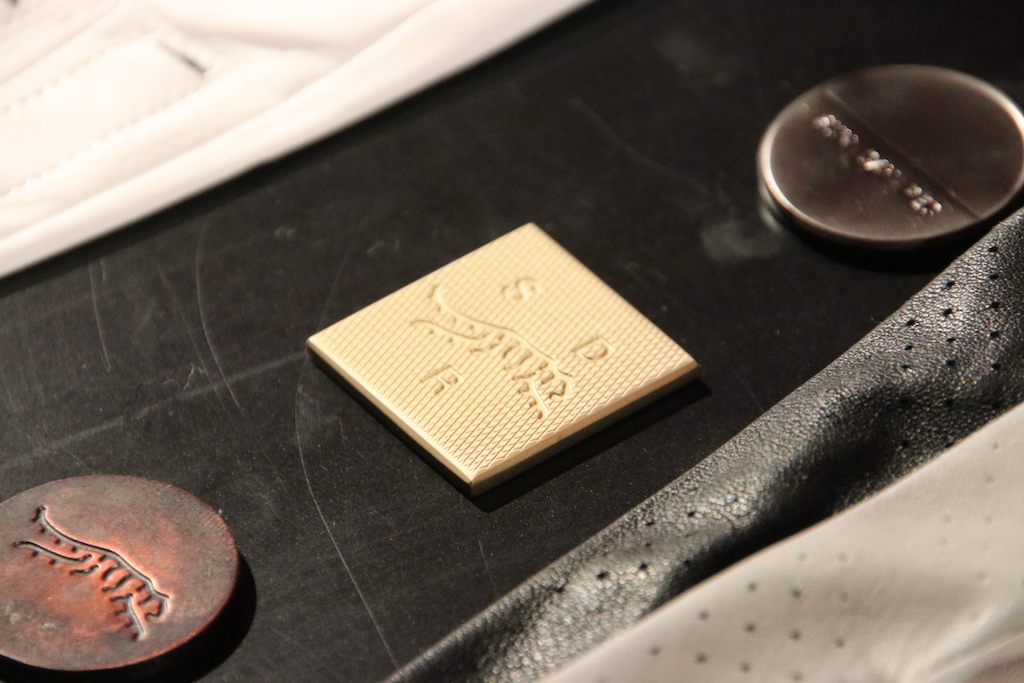
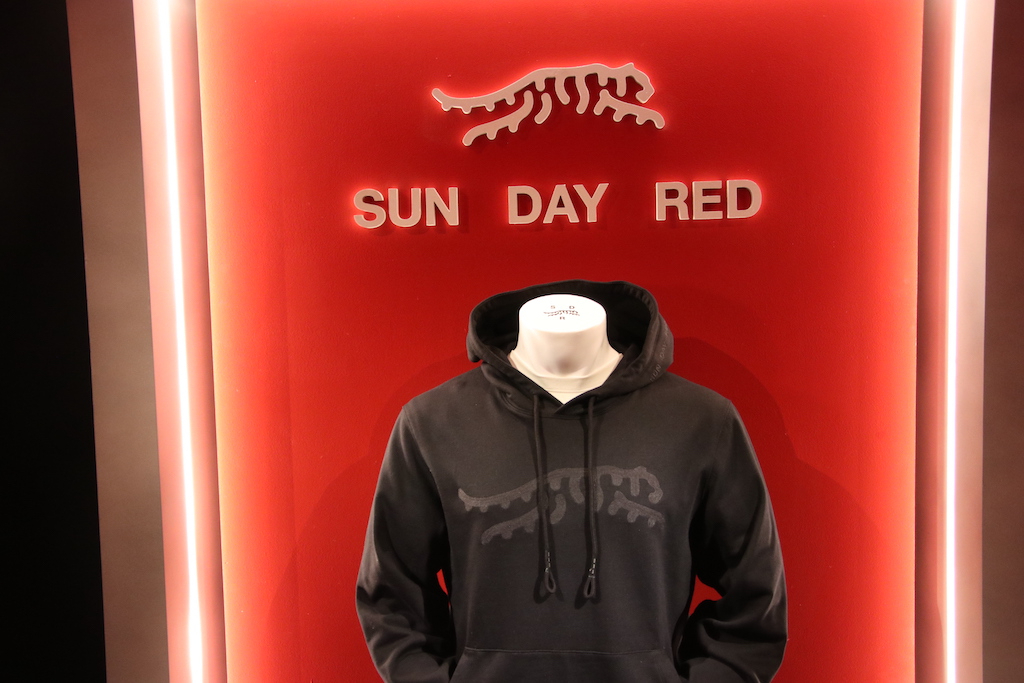
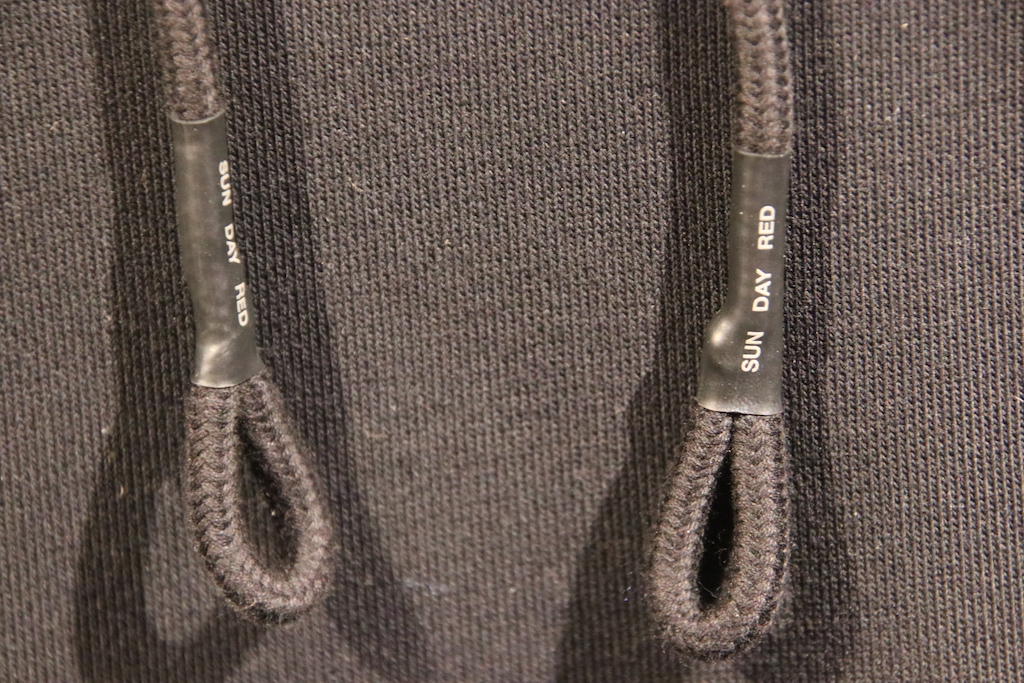
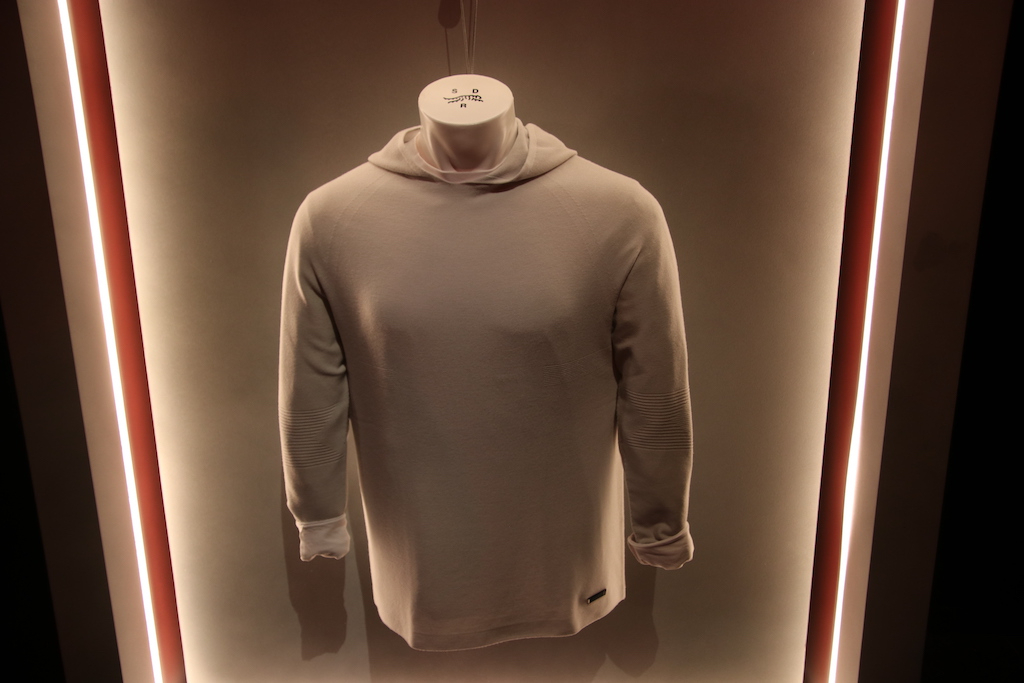





See more photos from the Sun Day Red launch event here
- LIKE114
- LEGIT19
- WOW17
- LOL7
- IDHT2
- FLOP16
- OB4
- SHANK77
Equipment
Titleist launches new Vokey WedgeWorks 60 “A” grind wedge
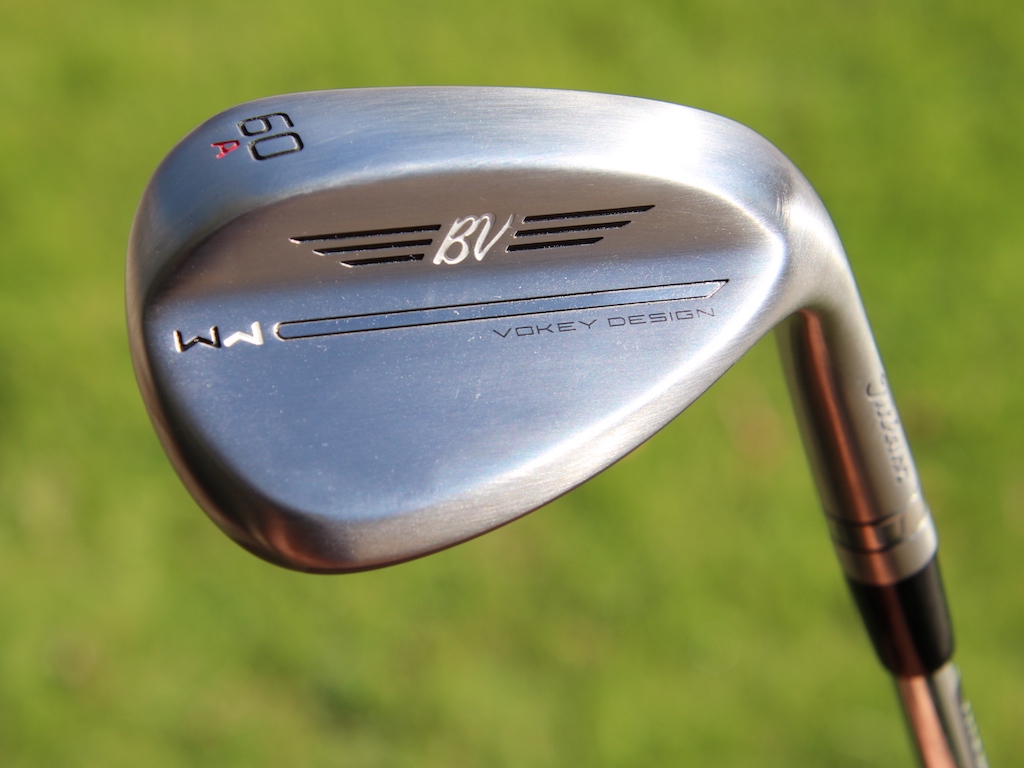
The menu of grind options just got more expansive for Titleist Vokey WedgeWorks consumers, with the addition of a “60A” wedge to the lineup.
Previously, Vokey offered seven main grind options for players with various needs:
- T Grind: The narrowest sole option, which is widely used by PGA Tour players, and has low bounce
- L Grind: The lowest bounce option, with heel, toe and trailing edge relief for maximum versatility
- F Grind: An all-purpose grind that’s best for full wedge shots played with a square face
- S Grind: A neutral grind, best for full shots played with a square face
- M Grind: A versatile grind that’s for players who want to open and close the face for various shots
- D Grind: A higher-bounce wedge that’s for players with a steep swing angle, but want to play shots from various club orientations
- K Grind: The highest-bounce wedge option, with heel, toe and trailing edge relief for versatility
Titleist has now added the “A” grind, which has actually already been played on the PGA Tour by golfers such as Tom Kim, who used an A-grind to win three times on the PGA Tour, Wyndham Clark, who won the U.S. Open using an A-grind, and Max Homa, who used an A-grind at the 2023 Open Championship.
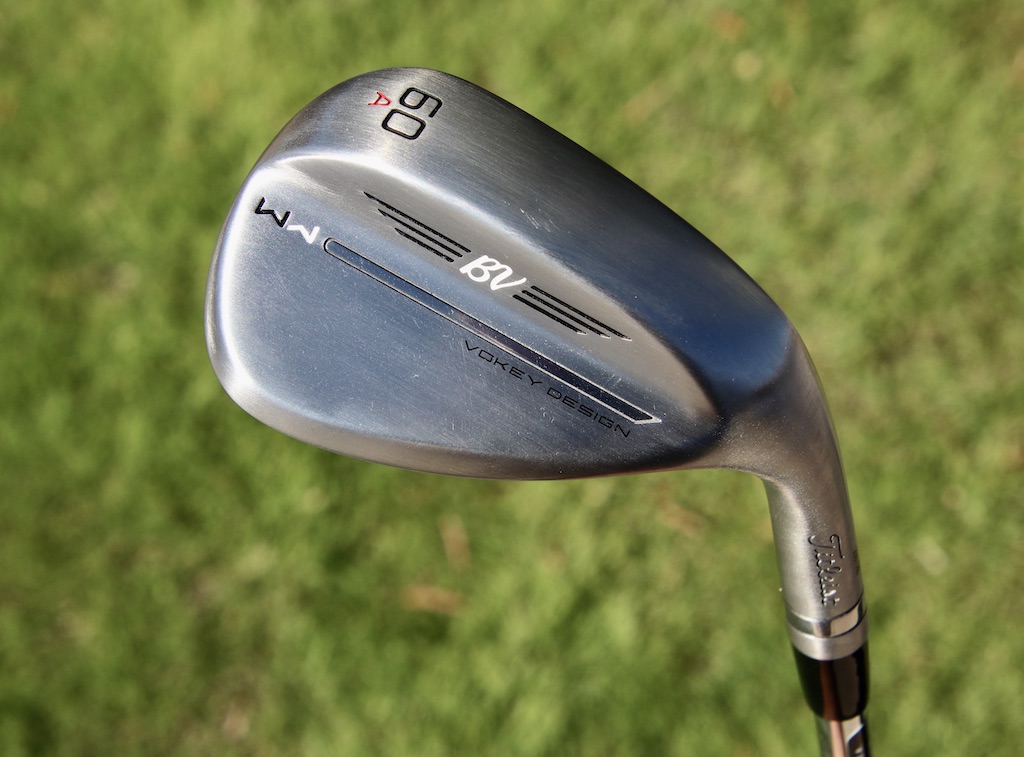
According to Titleist, the Vokey WedgeWorks 60A wedge is a low-bounce option that’s for golfers with a shallow angle of attack, and who play in firmer conditions. It has a “smoothed-out” sole for a faster feel through the turf, helping some golfers slide under the ball easier at impact.
“The most important club for me, probably in my bag, is this A grind,” Clark said, according to a Titleist press release. “I use the SM9 60-degree A grind, which is a low bounce 60 that is very versatile. I’m able to – on tight lies, rough, wet lies, firm lies, whatever it is – hit the shot I want, and with the amount of spin I want, trajectory and everything.”
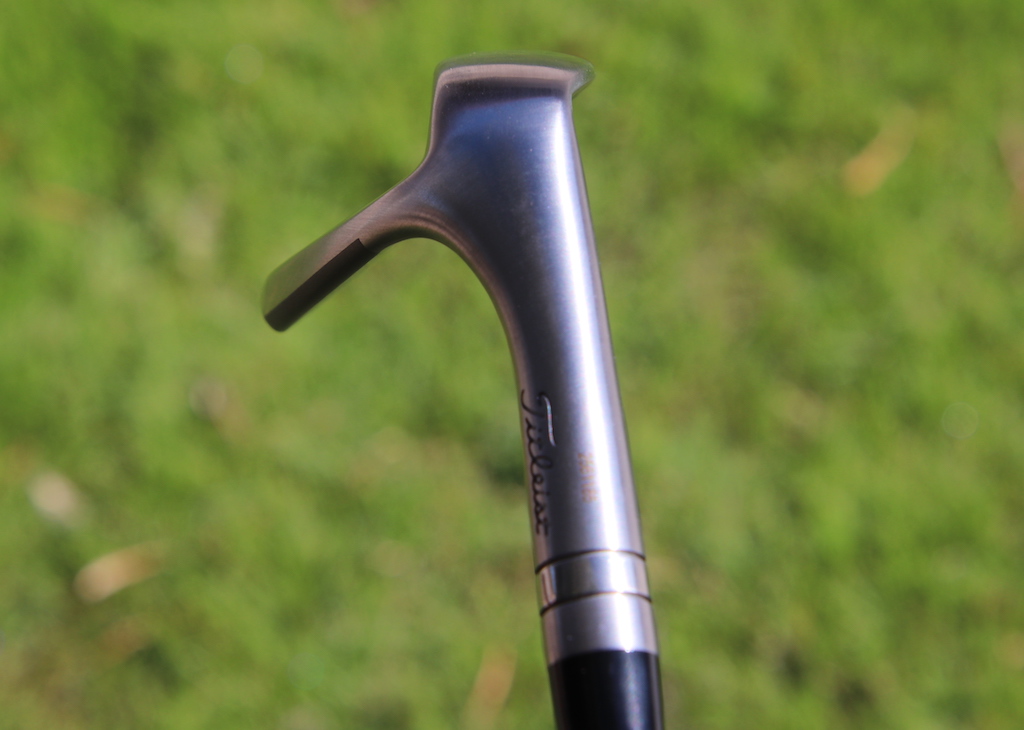
Apparently, Geoff Ogilvy played a large part in the A-grind coming to life.
“I spoke with Geoff (Ogilvy), and we got on the topic of Australian golf courses and how they compared to courses in America, and around the world,” said Vokey Tour Rep Aaron Dill, in a press release. “I asked him some specific questions, which resulted in an idea to design another lob wedge grind option that complemented the firm links-style conditions that players face – not just in Australia and Europe – but globally. Geoff has always been a low bounce player in his 60-degree, so I took his 60.04L wedge and removed the ribbon, resulting in a grind that moves through the turf quickly with very little resistance.”

The new Vokey A-grind will be available on Nov. 7, selling for $225 each. Custom options include up to six toe engravings, 10-15 character stamping options, the Flight Line alignment feature option, and custom shafts/grips/ferrules are available.
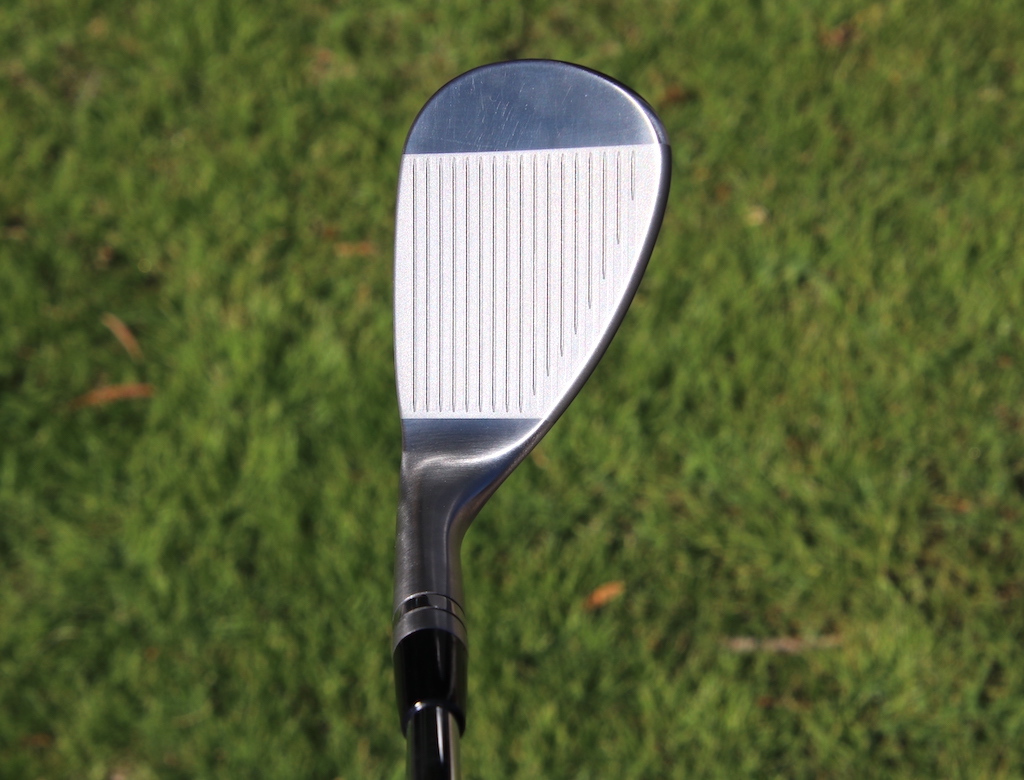
Click here to read more about why the bounce/grind of your wedge actually matters
View this post on Instagram
- LIKE30
- LEGIT6
- WOW2
- LOL0
- IDHT3
- FLOP0
- OB1
- SHANK2
Equipment
GolfWRXers put the Full Swing KIT’s accuracy to the test
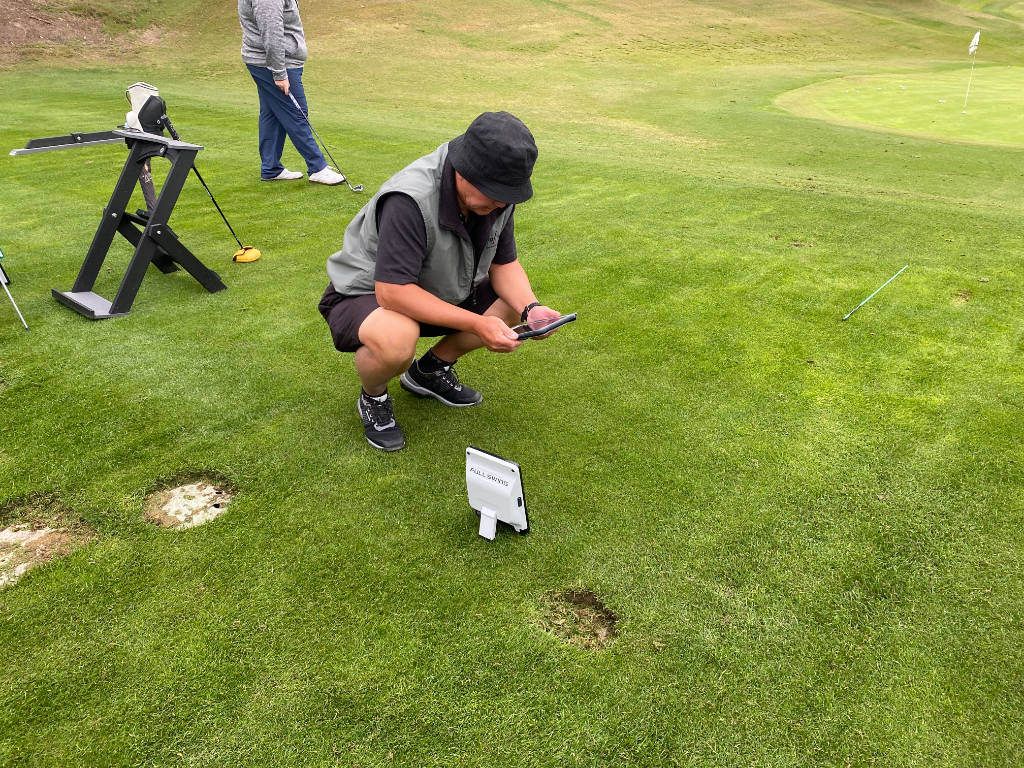
Last month, four GolfWRX forum members traveled to The Grand Golf Club at the Fairmont Grand Del Mar in San Diego, California, to test the Full Swing KIT launch monitor and to see how it stacks up against other launch monitors. If you’re not familiar with the Full Swing KIT, development began when Tiger Woods requested a launch monitor he could trust on the range as much as he trusted his Full Swing simulator in his own home. Later, the KIT earned Tiger’s seal of approval and has been seen with him at every tournament he’s played in since its release.
Check out the video below to see if the KIT can earn the seal of approval from our four WRXers — @zap311, @double or triple?, @hatrick11, and @SwingBlues — just like it did from Tiger Woods himself.
GolfWRX members on the KIT’s accuracy
zap311: “The Full Swing team seems obsessed with accuracy when it comes to the KIT – The team talked about how this product officially shipped about 18 months ago and they are already on firmware release #20. They said they are regularly releasing updates (overnight via WiFi) to continuously improve accuracy and performance. That is pretty awesome and it’s nice to hear that they are not a company that “ships it” and moves to the next thing. I think they are on the right track since I saw virtually no differences in the data when testing vs. GCQuad and Trackman today.”
double or triple?: “In some cases the difference was less than half a degree on launch and less than 50 rpms on spin.”
hatrick11: “The differences were statistically nonexistent. I think it’s hard to believe for a lot of people when you think about the huge price disparity, but I can’t state enough how close the Full Swing was to trackman every single time, for each of us.”
“Outside, the data is just really really accurate. I know my numbers and know this particular range very well and the KIT was spot on all day. I also had some very variable quality golf balls in the bucket I hit and there was really only one spin rate in the whole session that had me raising my eyebrows at all.”
SwingBlues: “The GolfWRX Full Swing/WRX Experience showed Full Swing KIT produce numbers the same as the GC Quad (GC4) and the Trackman4. Dollar wise, both LMs are easily north of KIT, so this is HUGE to stand up there with the bigger boys on the Podium. For me, it seems more “apples to apples” to compare KIT to GC3. My own testing validates what we saw at the Experience. It shows critical data points like spin, carry, ball speeds are dead on or almost dead on for 40 yards and up on both GC3 and KIT.”
More on the Full Swing KIT
zap311: “The versatility of viewing data is impressive – Depending on usage, everyone has different preferences for viewing data. You have on-device, phone, tablet, monitor, smartwatch, or audio/headphones. I’m pleased to say that Full Swing covers all of these. You can use the app on iOS devices (they said Android is planned for the future). This includes viewing your last shot on the Apple Watch with a few options and turning on audio playback of your preferred metrics following each shot. I’ll post screenshots of this later. You can also choose between 4 data points or 1 data point on the device itself. It was easy to use the app to customize the top 4. For example, I was able to quickly change from launch angle on irons to swing path on driver.
“The KIT was very easy to use – Once you spend a few minutes learning the app and settings, it is very simple to select a club, line up the target line, and fire away. You don’t have to use a level or a laser to line up. KIT uses the built-in camera to tell you where to line up within the app or on-device screen. I was also able to boot up the KIT in less than a minute and drop it down on the tee box for our on-course trial today. Because of this simplicity, I can see it being more practical to bring to the course…
“The Full Swing team really thought through usability for the KIT. You can see up to four data points on the device’s OLED screen. You can see all 16 data points on your iPhone/iPad along with a video replay of the shot, you can view one primary metric from your Apple Watch, and you can enable audio playback for any of the 16 data points. For me, this was a dream as a full iOS user. One other feature I like is that you can star a particular shot to save it. You can also send shot data + the video recording to your coach if you want.”
double or triple?: “I was able to meet the teaching pro at the range I’m using for testing – PGA teacher/member Ryan Kolk. He and his team have 4 units amongst themselves and use them both personally and with their students during lessons. Ryan spent time dialing in his knowledge of the range balls vs proV1x (gamer) to better understand the FSK and he believes the consistency is there with the FSK and within trackman and GC/Foresight models. His preference is to use FSK while testing shafts and new product before using them in his personal playing bag which as a GolfWRX member is 100% appreciated. For his better students, he believes the information like Face to Path and Club Path that FullSwing Kit offers is great to help them understand what their swing is doing and use that information to better themselves.”
hatrick11: “It’s nice to know I can get super useful practice sessions in at my house, and can do in in ~20 min stints; with two little kids at home I can’t just go out for frequent or lengthy range sessions, so this is super valuable and I think will help me keep my game from degrading and allow me to spend my limited free time enjoying the occasional round with friends. In particular with the KIT, as opposed to the cheaper monitors or the other “mid tiers” like GC3, seeing path and face-to-path data is the key item that makes my practice sessions useful…when I am grooving it my path is almost always between 0-2* out to in, with face control being the main thing I need to work on. When my game goes sideways I start coming more in to out, and combined with face consistency being an ongoing issue, that brings the bad left miss into play. Previously I have struggled getting real use out of net practice, because the feels don’t always match reality. This data and video evidence really helps keep me honest, so it was great to see that I was eventually able to get that piece dialed in with KIT.”
SwingBlues: “One feature I am really starting to like is how easy to see the video of each shot. My buddy was not hitting it well, we went to the video and we could see the takeway was too far to the outside.”
“Using the app, it will display all 16 data points. Below is an example of one of my iron shots. Pretty impressive data captured by KIT. On KIT itself, the launch monitor display can be configured to show a single data point, or it can show a grid of 4 data points where the golfer choose which ones to display!”
Head over to the thread for more comments, reviews, and future updates as our members continue to test the Full Swing KIT. Don’t forget to become a member today for future opportunities like this, plus product member testing and giveaways!
- LIKE20
- LEGIT4
- WOW3
- LOL6
- IDHT1
- FLOP3
- OB2
- SHANK5
-

 19th Hole2 weeks ago
19th Hole2 weeks agoDave Portnoy places monstrous outright bet for the 2024 Masters
-

 19th Hole3 days ago
19th Hole3 days agoJustin Thomas on the equipment choice of Scottie Scheffler that he thinks is ‘weird’
-

 19th Hole2 weeks ago
19th Hole2 weeks agoTiger Woods arrives at 2024 Masters equipped with a putter that may surprise you
-

 19th Hole3 days ago
19th Hole3 days ago‘Absolutely crazy’ – Major champ lays into Patrick Cantlay over his decision on final hole of RBC Heritage
-

 19th Hole2 weeks ago
19th Hole2 weeks agoTwo star names reportedly blanked Jon Rahm all week at the Masters
-

 19th Hole1 week ago
19th Hole1 week agoReport: LIV Golf identifies latest star name they hope to sign to breakaway tour
-

 19th Hole1 week ago
19th Hole1 week agoNeal Shipley presser ends in awkward fashion after reporter claims Tiger handed him note on 8th fairway
-

 19th Hole1 week ago
19th Hole1 week agoBrandel Chamblee has ‘no doubt’ who started the McIlroy/LIV rumor and why









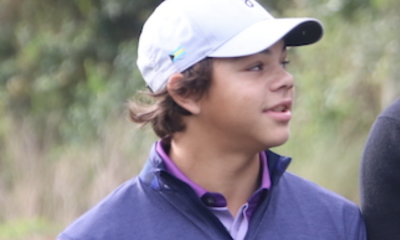

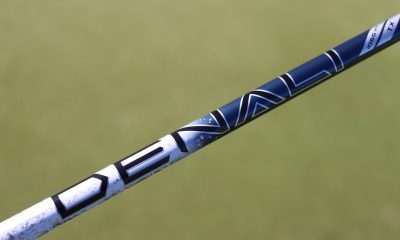







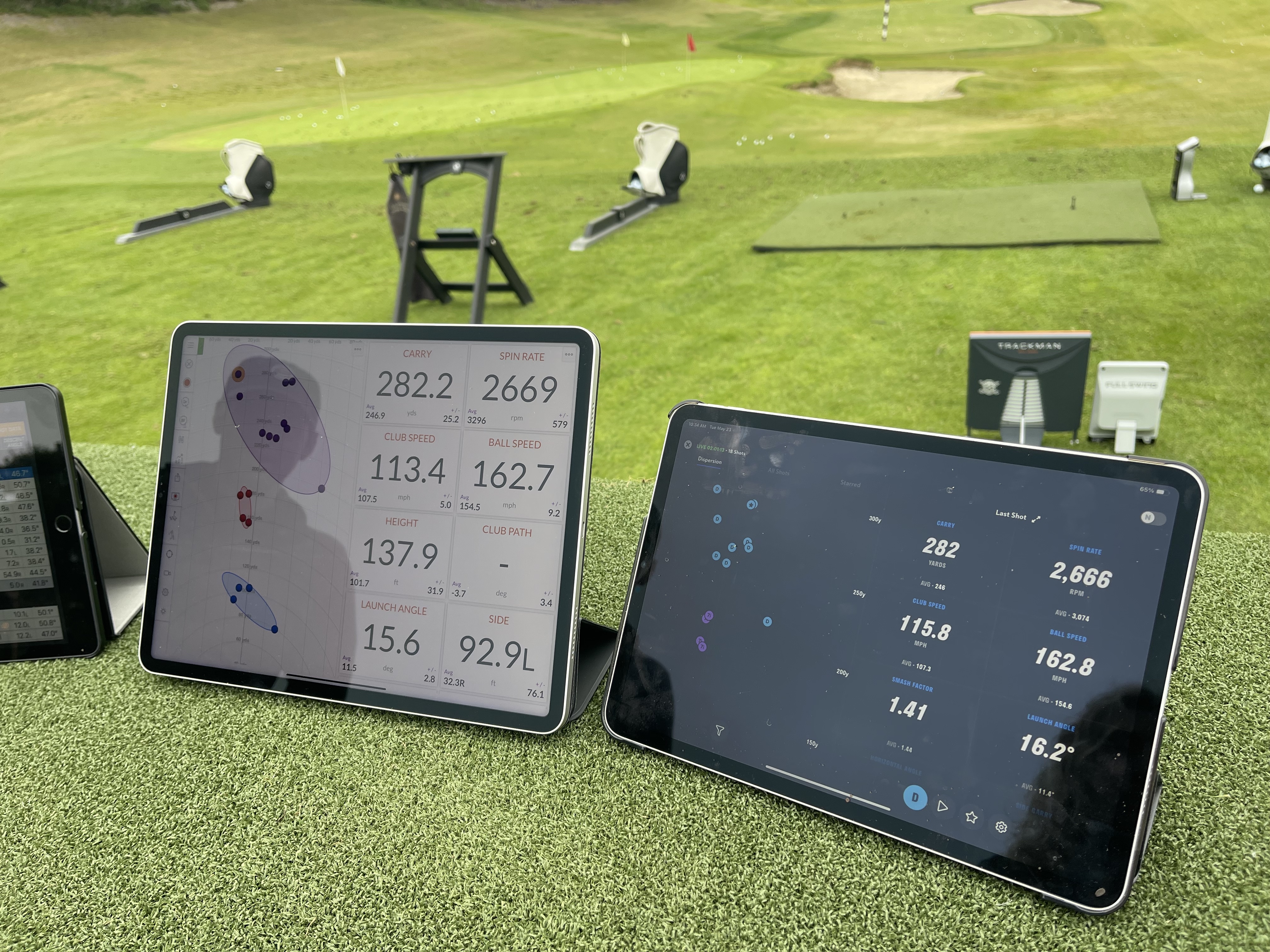











Frank Perry
Sep 22, 2018 at 9:02 pm
Why review a course that 99.9% of golfers have no chance of getting access?
Joro
Feb 16, 2018 at 11:50 am
IT is a great place. The Friday night Seafood Buffet is wonderful and the course is not bad either. I think one of the best holes is the short #10 a sneaky sucker. For a “short” course it has a lot of tough holes and that is what makes a course, not the Bombers wide open long courses. You can see from the scores they are not eating it up, not even the bombers who have to hit quality shots, not just long.
Noonan
Feb 14, 2018 at 4:58 pm
One of the most over-rated courses ever
Shad Goldston, DDS
Feb 14, 2018 at 1:35 pm
Outside of Augusta, “The Riv” is the yearly tour stop I covet playing the most. The tightness, angles to the green, risk/reward, etc. This place is off the charts. I think it leaves places like Pebble (which I’ve played) and Sawgrass in the dust, as far as design and strategy.